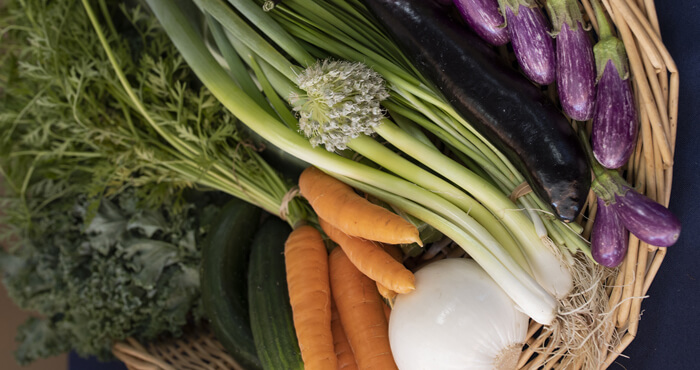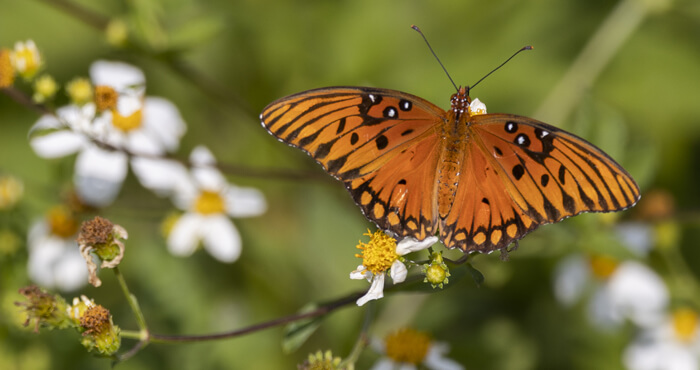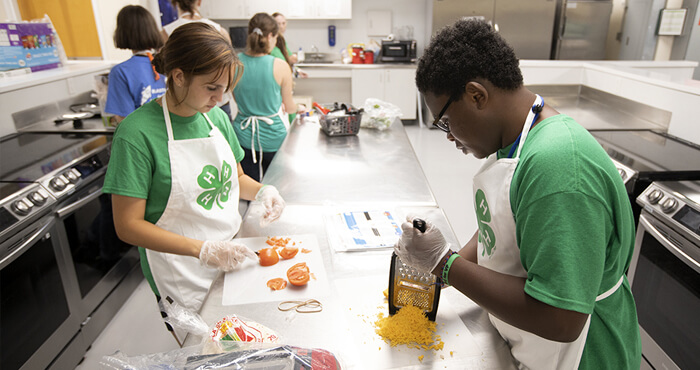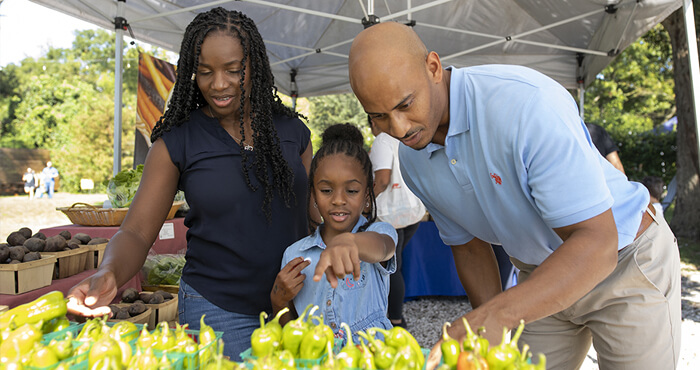
Florida Pumpkins
Pumpkin is an important vegetable in cucurbit family. It shares this family with members of summer and winter squash. However, pumpkins are easily distinguishable from squashes by having a coarse, strongly flavored flesh, and rinds whose hardness falls between that of summer and winter squash.
"Pumpkins" are varieties of Cucurbita species pepo, moschata, mixta, and maxima. Sometimes a pumpkin may be called “pumpkin” in one area, but “squash” in another.
Using Pumpkins
Jack-O’-Lanterns
The standard Halloween pumpkins have smooth, orange, and slightly ribbed skin. ‘Connecticut Field’ is the most popular variety used for carving. Its other names include ‘Big Tom,’ ‘Canner’s Supreme,’ ‘Common Field,’ ‘Connecticut Cornfield,’ ‘Golden Marrow,’ ‘Lake Shore,’ Michigan Mammoth,’ ‘Pure Gold,’ and ‘Yankee.’ This pumpkin can be used for pies, canning, stock feed, and carving.
The best Florida pumpkins include ‘Howden’ and ‘Jackpot.’ ‘Big Max’ and ‘Big Moon’ are other well-suited big pumpkins (some can reach 200 pounds under ideal growing conditions). ‘Funny Face’ is a semi-bush plant, and therefore good for growing in small gardens. ‘Atlantic Giant’ can be considered the best show variety, reaching over 200 pounds in Florida.
Pie Pumpkins
‘Small Sugar’ is a popular variety grown in Northeastern areas of the country. Other common varieties of pie pumpkins include ‘Cinderella,’ ‘Triple Treat,’ ‘Spookie,’ ‘Winter Luxury,’ ‘Cheese,’ ‘Kentucky Field,’ and ‘Cushaw.’
An important cushaw variety in Florida is the ‘Seminole’ pumpkin. A staple of Florida Native Americans, these climbing pumpkins were grown around the Everglades. They are less susceptible to the pressures of heat and humidity and resistant to powdery mildew. The fruit is small, has a sweet flavor and bright firm flesh, and stores well at room temperature.
Ornamentals
Varieties include ‘Munchkin,’ ‘Sweetie Pie,’ ‘Buskin,’ ‘Minijack,’ and ‘Jack-be-Little.’ These miniature fruits are 3-4 inches in diameter.
Growing Pumpkins
Most pumpkin varieties need around four months to reach maturity. Seed pumpkins no later than early July to be ready for Halloween.
Spring pumpkins planted in March or April can be stored for use in October and November (though long storage is difficult in Florida). Early August seeding provides a fall crop for late November. In frost-free areas of the state, plants can be seeded in August through March.
Pumpkins should be spaced with 6 feet in either direction, except the bush types. Plant 3-4 seeds per hill, then thin when the plants are 2-4 inches tall. Climbing varieties like Seminole can be trellised for more space. Use slings to support larger fruits.
Pumpkins do well with liberal amounts of compost. One tip is to place compost under each hill before seeding. Sidedress with a handful every three weeks or as needed.
Like other cucurbits, pumpkins need bees for pollination. Each plant holds male and female flowers. If large size fruits are desired, keep only two fruits on the vine. Once two fruits are the size of baseballs, remove all others as they form.
Keep pumpkins in a cool dry place for maximum storage length.
Adapted and excerpted from:
J. Stephens, "Pumpkin – Cucurbita spp." (HS649), Horticultural Sciences Department (revised 09/2015).
Resources
Other UF/IFAS Sites
- Gardening Solutions
- Entomology and Nematology Department
- Environmental Horticulture Department
- FAWN: Florida Automated Weather Network
- Florida-Friendly Landscaping™ Program
- Florida Master Gardener Program
- IPM Florida
- Pesticide Information Office
UF/IFAS Publications
State & Federal Agencies
- Florida Department of Agriculture and Consumer Services (FDACS)
- Florida Department of Environmental Protection (FDEP)
- Florida Energy Systems Consortium (FESC)
- U.S. Environmental Protection Agency (EPA)
- USDA Plant Hardiness Zone Map--U.S. National Arboretum
Organizations & Associations
- American Community Gardening Association
- American Horticultural Society
- Florida Native Plant Society
- Florida Nursery, Growers and Landscape Association (FNGLA)
- North American Native Plant Society
Other Sites & Publications
UF/IFAS Mobile Web Apps





.jpg)

.jpg)
